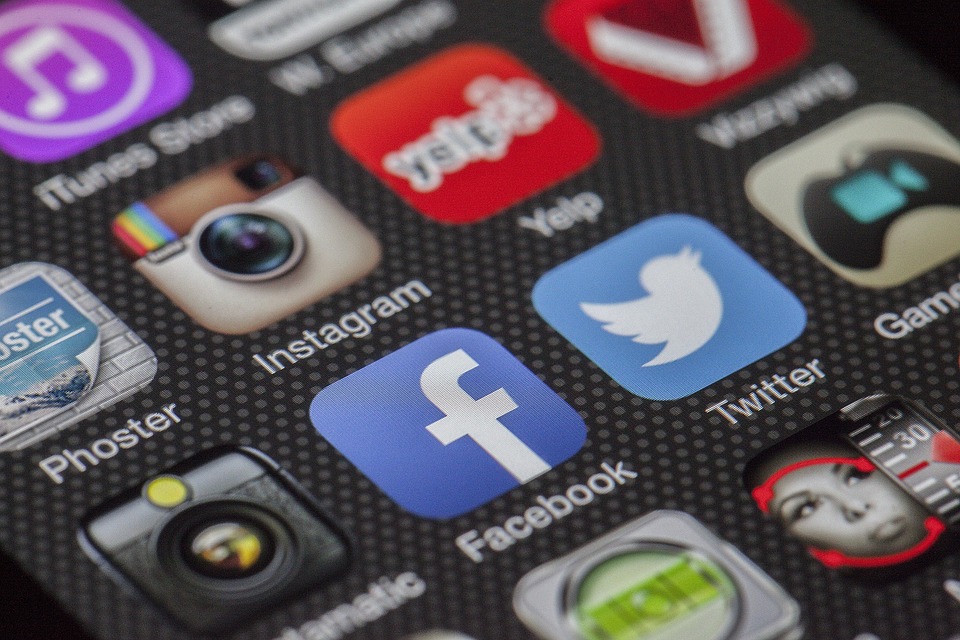In recent years, there has been a significant rise in the use of art and creativity in commercial entertainment. Whether it’s through advertisements, sponsored content, or brand collaborations, companies are increasingly recognizing the power of creativity in capturing the attention and loyalty of their target audiences.
With the rise of social media and digital platforms, brands are constantly seeking new ways to stand out in a crowded marketplace. In this article, we will explore how commercial art entertainment has evolved, how brands are using creativity to captivate audiences, and why it’s becoming increasingly essential in today’s competitive business landscape.
The Evolution of Commercial Art in Entertainment
Art has always been a powerful tool for capturing the attention and emotions of audiences. From traditional paintings and sculptures to modern forms of expression such as photography and digital design, art has the ability to convey messages and evoke responses in a way that is unique and impactful.
In the world of commercial entertainment, art has played an increasingly significant role in recent years. This can be attributed to several factors, including the rise of digital media platforms, the changing preferences of modern consumers, and the increasing competition among brands for audience attention.
How Brands Are Using Creativity to Captivate Audiences
One of the most notable ways in which brands are using creativity to captivate audiences is through sponsored content and brand collaborations. This involves working with artists and creators to develop unique and engaging content that aligns with the brand’s values and resonates with their target audience.
For example, fashion brands often collaborate with artists and designers to create limited edition collections that blend art and fashion, creating a unique and compelling product offering. Similarly, food and beverage companies may work with chefs and food stylists to create visually stunning and mouth-watering content that captures the attention of food enthusiasts.
Another way in which brands are leveraging art and creativity is through experiential marketing. This involves creating immersive and interactive experiences that allow consumers to engage with the brand in a more meaningful and memorable way. This could range from pop-up art installations to interactive digital experiences that bring the brand’s story to life in a tangible and visually compelling manner.
The Importance of Commercial Art Entertainment in Today’s Business Landscape
In today’s hyper-connected and visually driven world, the importance of commercial art entertainment cannot be understated. With the average consumer being exposed to thousands of advertisements and branded content on a daily basis, brands are constantly vying for attention and looking for ways to cut through the noise.
By leveraging art and creativity, brands have the ability to create content and experiences that are visually captivating, emotionally engaging, and ultimately, memorable. This not only helps to differentiate the brand from its competitors but also fosters a deeper connection with consumers, leading to increased brand loyalty and affinity.
Conclusion
The rise of commercial art entertainment has been a game-changer for brands seeking to capture the attention and loyalty of modern consumers. By leveraging art and creativity, brands can create unique and compelling content and experiences that stand out in a crowded marketplace and resonate with their target audience in a meaningful way.
As digital platforms and social media continue to play a central role in the way brands connect with consumers, the importance of commercial art entertainment will only continue to grow. By embracing creativity and leveraging art as a strategic tool, brands can forge deeper connections with their audience and drive greater business success.
FAQs
Why is commercial art entertainment important for brands?
Commercial art entertainment is important for brands because it allows them to differentiate themselves from competitors, capture audience attention, and foster deeper connections with consumers through visually captivating and emotionally engaging content and experiences.
How can brands incorporate art and creativity into their marketing strategies?
Brands can incorporate art and creativity into their marketing strategies through sponsored content and brand collaborations, experiential marketing, and visually compelling digital content. This could include collaborating with artists, designers, and creators to develop unique and engaging content that aligns with the brand’s values and resonates with their target audience.
Why do brands need a website to leverage commercial art entertainment?
A website is essential for brands looking to leverage commercial art entertainment because it serves as a central hub for their content and experiences. This allows brands to showcase their art and creativity, engage with their audience, and drive greater brand awareness and affinity through various digital platforms and channels.


